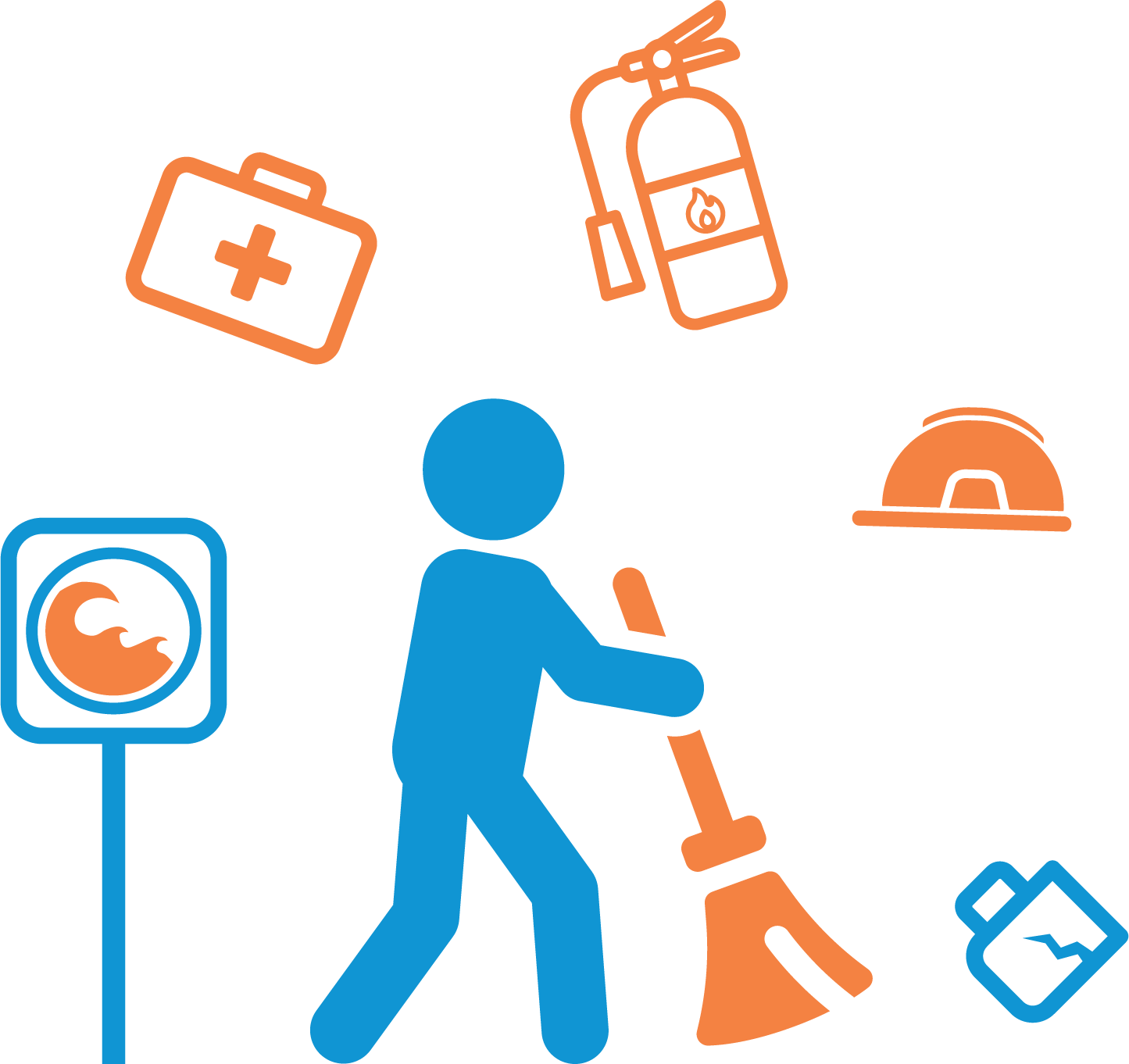Improve Safety immediately after an earthquake by evacuating if necessary, helping the injured and preventing further injuries or damage.

ECA’s Step 6 Webinar reviews how to Improve Safety after earthquakes
(Click “CC” for captions)
Learn about our Safer At Home Webinar Series
First take care of your own situation. Remember your emergency plans. Aftershocks may cause additional damage or items to fall, so get to a safe location. Use your “grab-and-go” emergency supplies as needed.
When should I evacuate?
- Go on foot. Roads and bridges may be damaged.
- If evacuation is impossible, go to the third or higher floor of a sturdy building or climb a tree. This should only be used as a last resort.
- Stay away from the coast until officials tell you it is safe to return. The danger may last for days.
If you are not in a tsunami zone, evacuate your home or office only if there is damage to the building or the surrounding area is unsafe. Consider relocating somewhere safer such as a friend’s house or a community shelter. If the building is undamaged, it can be safe to remain, even if the power is out, but you will want to find an alternative location if power is not restored within a few days.
If you need to evacuate to a shelter, take only your “grab-and-go” bag (Step 3) with essentials such as medication, important documents, prescription eye wear, etc. Shelters have limited space.
If you get trapped:
Once you are safe, help others and check for damage. Protect yourself by wearing sturdy shoes and work gloves, to avoid injury from broken glass and debris. Also wear a dust mask and eye protection.
Help the injured:
- Check your first aid kit for detailed instructions on first aid measures (or install the Red Cross First Aid App if you have service).
- If a person is bleeding, put direct pressure on the wound. Use clean gauze or cloth, if available.
- If a person is not breathing, administer rescue breathing.
- If a person has no pulse, begin CPR (cardiopulmonary resuscitation).
- Treat anyone injured or traumatized for shock by keeping them warm with a blanket. Elevate their feet over their heart, as long as this does not interfere with their injuries.
- Do not move seriously injured persons unless they are in immediate danger of further injury.
- Cover injured persons with blankets or additional clothing to keep them warm.
- Get medical help for serious injuries. Call 9-1-1 if available.
- Carefully check children or others needing special assistance.
Prevent further injuries or damage:
- Fire. If you are trained and have a fire extinguisher handy, put out small fires in your home or neighborhood immediately. Call for help, but don’t wait for the fire department. Large fires are a sign to evacuate.
- Gas Leaks. Shut off the main gas valve only if you suspect a leak because of broken pipes, the odor or sound of leaking natural gas, or you see the meter spinning quickly. Only the gas company can turn the gas back on after they check for leaks, so shut it off only if necessary. The phone book has detailed information on this topic. Do not use candles or matches. You could start a fire and there may also be gas leaks. Use your flashlights, battery powered lights, and light sticks.
- Damaged Electrical Wiring. Shut off power at the main breaker switch if there is any damage to your house wiring. Leave the power off until the damage is repaired.
- Broken Lights and Appliances. Unplug these as they could start fires when electricity is restored.
- Downed Power Lines. If you see downed power lines, consider them energized and stay well away from them. Keep others away from them also. Never touch downed power lines or any objects in contact with them.
- Fallen Items. Beware of items tumbling off shelves when you open the doors of closets and cupboards.
- Spills. Use extreme caution. Clean up any spilled medicines, drugs, or other non-toxic substances. Potentially harmful materials such as bleach, lye, garden chemicals, and gasoline or other petroleum products should be isolated or covered with an absorbent such as dirt or cat litter. When in doubt, leave your home.
- Damaged Masonry. Stay away from chimneys and walls made of brick or block. They may be weakened and could topple during aftershocks. Don’t use a fireplace with a damaged chimney. It could start a fire or let poisonous gases into your home.
Let people know you are OK
- Phone service may be out or overloaded. When possible, ONLY text or call your out-of-area contact to tell them where you are and your status, then try not to use your phone. This will make sure the network can handle emergency calls.
Stay informed
- Surf the (battery-powered) radio dial to find a station that is on the air. Listen for public announcements and alerts.
- Also, listen to your NOAA Weather Radio for emergency information.
- Sign up for city, county, and/or state emergency alert systems to receive information via text, or download apps that provide similar information. (In California: CalAlerts.org.)
- Your smart phones and computers are a great resource for information, as long as you have power or can recharge your batteries.
- Know your tsunami zone by going to TsunamiZone.org/knowyourzone




